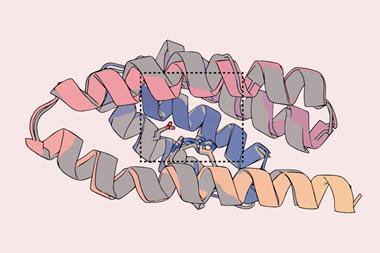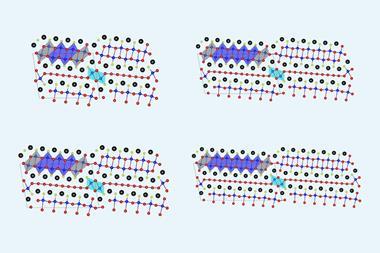Plants produce significant quantities of methane - a potent greenhouse gas - depending on where they are growing
Chinese researchers have found further evidence that plants emit significant quantities of methane - a potent greenhouse gas. But the latest findings also show that methane emissions depend not just on the species of plant, but the conditions in which they are growing. [1]
In January 2006, Frank Keppler, from the Max Planck Institute for Nuclear Physics, Heidelberg, Germany, first published findings that the world’s plants, previously seen as a greenhouse gas sink thanks to their CO2 uptake, actually emit millions of tonnes of methane. [2] As a greenhouse gas, methane is 20 times more potent than CO2.
While a contentious finding, subsequent studies have confirmed that plants could emit the greenhouse gas - but that emissions are species-dependent. In November 2007, Zhi-Ping Wang of the Chinese Academy of Science, Beijing, and colleagues revealed the methane emissions of 44 species of plants from the temperate grasslands of Inner Mongolia. While none of the 35 herbaceous species tested seemed to produce methane, seven out of nine shrub species did emit the gas. [3]
However, the latest study, by Xingliang Xu of the Chinese Academy of Science in Xining and coworkers, apparently contradicts that finding. Studying an area of Tibetan alpine meadow, Xu found that shrub species took in methane from the atmosphere, while two species of herbaceous grass were emitters of the gas, contributing significantly to the regional methane levels.
But Keppler says he disagrees that the studies are contradictory, and points to the different natural environments in which the plants were growing. ’This just shows how complex living plant systems are,’ Keppler told Chemistry World. ’We now know that, depending on the plant species, but also on environmental conditions and stress factors, you can get different rates of emission.’
Keppler is currently examining the mechanism by which plants might be producing methane - and recently used isotope studies to show that plant pectin, which is an important component of all land plant species, can release methane when exposed to heat or UV light. ’I think we now really need to investigate the mechanism by which living plants emit methane, so we can tell more about why plants are producing it,’ he says.
Xu’s team also plans to investigate the source of the methane. ’We want to untangle the mechanisms behind why Tibetan grasses and shrubs showed a different methane emission pattern from Inner Mongolia’s grasses and shrubs,’ Xu told Chemistry World. ’At the same time, we need to make sure the source of this methane using isotope labelling techniques. Also, UV-B is very strong in the Tibetan Plateau, and it has been shown that UV-B can enhance methane emissions. So, we also focus on this issue in ongoing research.’
James Mitchell Crow
Enjoy this story? Spread the word using the ’tools’ menu on the left.
References
et al.Environ. Sci. Technol., 2008, 42, 62 (DOI: 10.1021/es071224L)






No comments yet